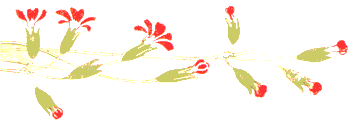


Chapter XVIII
"Since the Uttarayana Marga is lit by the holy splendour of Jnana, it is praised as the Sukla marga or the white path. The Dakshinayana marga is dark, filled with Thamas and Ajnana; so it is called the dark path or the Krishna marga. Those who discard the body and journey on during the Uttarayana move along the white path and reach the stage of liberation or Moksha, which is devoid of delusion, which is the seat and source of Brahmananda, from which there is no return to this world of name and form, this arena of embodied beings. Those who leave the body during the Dakshinayana and move along the dark path, have to bear again this physical encasement called Deha, subject to birth and death."
"Uttarayana is not so much a period of time; it is a state of mind. Those who discard the body with the glory of self-knowledge move along the Uttarayana marga and those who die in ignorance of their Atmic reality move along the Pithryana, or Dakshinaya or the dark path."
"Of the Gunas, Sathwaguna is pure and effulgent; the Thamoguna is dark and so they are distinguished by the opposite colours of white and black. Again there are two Nadis, Ida and Pingala by name, subtle nerves; Ida to the left and Pingala to the right of the Sushumna. The Ida-naadimarga is the lunar path and the Pingala-naadimarga is the solar path. The Yogis proceed along the solar and the others along the lunar path. This is another of the unobserved mysteries."
"The end of everything that is born is death; Samyoga leads to Viyoga; construction must result in the destruction of that which is constructed. It is the law of nature that birth ends in death and death leads to birth. The stage which knows no coming and going is the stage when the universal Brahmam is visualised, for since Brahmam is all-pervasive, where is the other place from which the 'coming' can be effected and to which the 'going' can be performed?"